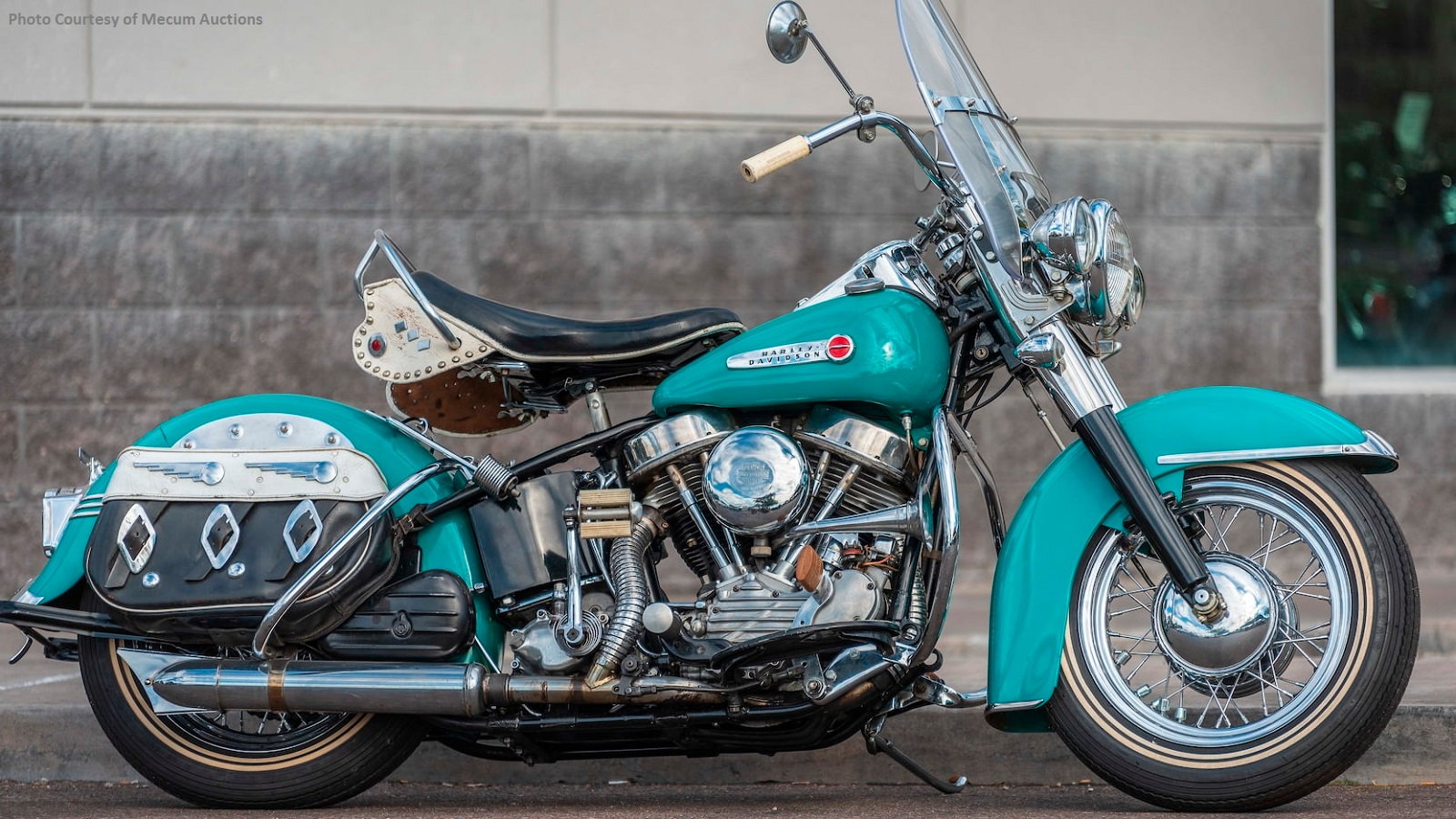1949 Harley Hydra-Glide Brings Historical Significance
Daily Slideshow: Although the release of a new front suspension system may have taken longer than Harley-Davidson had initially planned, the technology would stand the test of time and is still being utilized on HD models today.
















Patience is a Virtue
1949 was a bit of a revolutionary year for Harley-Davidson as their Big Twin FL cruiser finally received an updated suspension system. Following strong sales after WWII, Harley rolled their momentum into introducing the new Panhead engine in 1948 that essentially used the bottom-end of the outgoing Knucklehead engine, but with a number of upgrades in the cylinder heads to improve on maintenance, longevity, and performance. While the new engine received positive reviews, the FL would have to wait one more year until 1949 to receive what would turn out to be a significant suspension upgrade that would span 60+ years.
Battle Tested
Telescopic forks had been around since the late 1930's, and Harley had actually used telescopic forks as early as 1943 on their XA (Experimental Army) motorcycle during WWII, but their appearance on production HDs would not occur until several years later. The original plan from the top brass at Harley was to introduce the new front suspension in tandem with the new Panhead engine, but various factors led to delays.
>>Join the conversation about this first year Hydro-Glide right here in HDForums.
Scrapping the Springer
Sources claim that Harley had actually been planning to use the new forks not long after the war concluded, but they had such a large supply of springer forks on hand that they felt it was necessary to deplete their stockpile of the old forks while also tooling-up the assembly line for the telescopic forks. 1949 would prove to be the year of the telescopic fork featured on the top-tier FL that would subsequently become known as the Hydra-Glide.
>>Join the conversation about this first year Hydro-Glide right here in HDForums.
Roads as Smooth as Glass
As can be seen from the period Harley advertisements, the Hydra-Glide was pitched as a bike that was capable of going anywhere and doing anything thanks to its strengthened wishbone chassis and telescopic front forks that featured and incredible 5" of travel to handle the roughest of roads.
>>Join the conversation about this first year Hydro-Glide right here in HDForums.
Timeless Telescopics
In retrospect, the forks were quite a simple design that utilized a lengthy helical coil spring in each fork tube which was also filled with oil to provide a hydraulic damping effect. Although they may have lacked the complexity of today's forks, they were a revelation that transformed the handling and comfort of the motorcycle.
>>Join the conversation about this first year Hydro-Glide right here in HDForums.
Riding like it's 1949
The featured bike is a 1949 FL Hydra-Glide with its original Panhead engine and telescopic forks intact as well as the Peacock Blue paint option that was a first-year option in 1949. In fact, the whole bike is an older restoration that has preserved the 1949 technology to fully appreciate the style and performance of what riding a classic big-twin Harley Davidson is truly like.
>>Join the conversation about this first year Hydro-Glide right here in HDForums.
Technology Still to Come
1949 still saw Harley using the tank shifter with foot-operated clutch, and the rear of the motorcycle was still rigid besides the heavy sprung seat (which does considerably soften the ride). Riders were also still required to kick-start the motorcycle. These technologies would improve in coming years with the hand clutch and foot shifter introduced in 1952, the swinging-arm rear suspension in 1958 with the Duo-Glide, and the electric-start Electra-Glide in 1965.
>>Join the conversation about this first year Hydro-Glide right here in HDForums.
The Thrill of the Ride
Although this motorcycle has undergone a restoration, it has retained period components to allow the rider to truly experience what the ride and styling of a classic Harley-Davidson is truly like. Sometimes the latest is not always the greatest in terms of motorcycle and automotive technology as more and more enthusiasts are seeking the thrill and nostalgia of a retro machine. If this '49 FL speaks to you, check it out in the upcoming Mecum Auction in Glendale, Arizona.
>>Join the conversation about this first year Hydro-Glide right here in HDForums.
For help with your maintenance and repair projects, please visit our How-to section in the forum.

